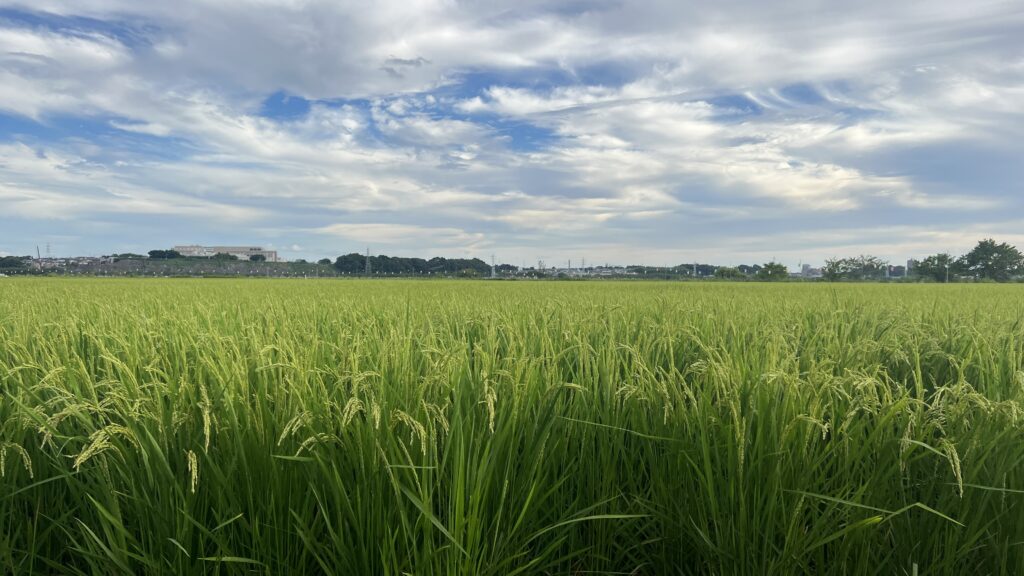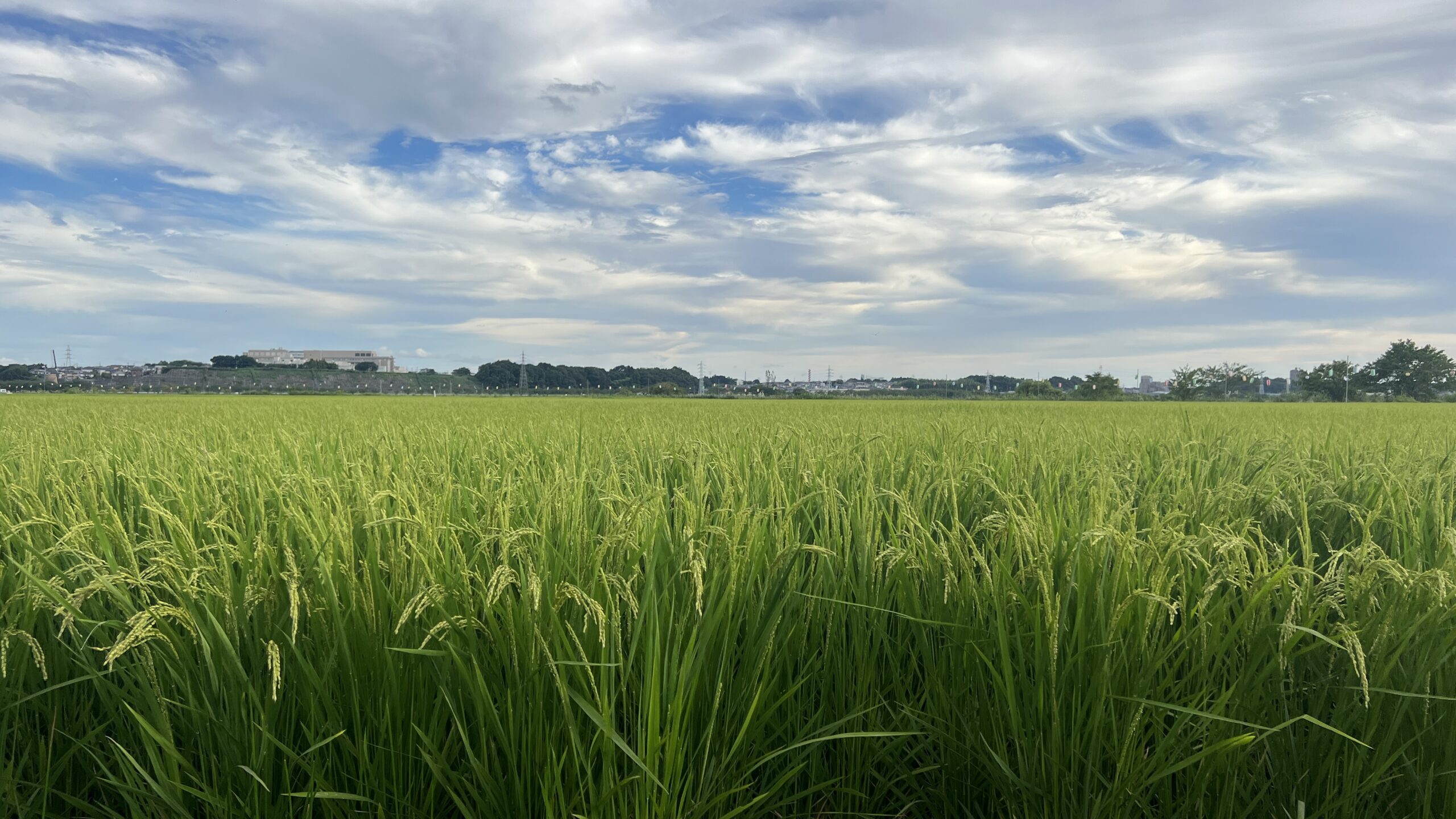大雨時行 (たいうときどきふる) – The Heavy Rain’s Journey
夏の午後、空が暗くなり、遠くで雷が轟く。そんな時、大雨が降り始めることがあります。農作物には恵みの雨であり、地面には潤いがもたらされる反面、豪雨はしばしば災害をもたらすこともあります。そんな大雨の日に、人々は慌ただしく身を守る準備をすることでしょう。
「大雨時行(たいうときどきふる)」とは、日本の四字熟語の一つで、大雨が降る時に川の水が増し、時には氾濫することを意味します。この表現は、自然災害の中でも特に大雨による洪水によく使われます。日本は四季折々の美しい風景が楽しめる国ですが、同時に台風や豪雨による水害とも向き合わなければなりません。
近年、気候変動の影響により、日本はより頻繁に大雨に見舞われています。都市部では排水設備の整備が進んでいるものの、地方ではまだまだ課題が残されています。豪雨による被害を最小限にするためには、防災意識の向上とインフラ整備が不可欠です。
大雨時行は、ただ単に自然の力を目の当たりにすることではありません。その一方で、人々の絆と助け合いの精神を示す場面でもあります。災害に遭遇した際には、近隣の人々が協力し合い、助け合う姿が見られることでしょう。このような経験が、地域社会を強固なものにするのです。
大雨時行の後には、必ず晴れ間が差します。被害を受けた地域が復興し、新たな希望が芽生える時です。自然の厳しさを学び、経験した災害を未来への備えとして生かすことが大切です。そうすることで、次なる大雨の挑戦にも立ち向かう力を持つことができるでしょう。

The Heavy Rain’s Journey (たいうときどきふる – Taiu Toki Doki Furu)
On a summer afternoon, the sky darkens, and distant thunder roars. At such times, heavy rain may begin to fall. While it brings blessings to crops and nourishes the land, torrential rain can also lead to disasters. On days of heavy rain, people hurriedly prepare to protect themselves.
“Taiu Toki Doki Furu” is a Japanese four-character idiom, expressing the increase and occasional overflow of rivers during heavy rainfall. This term is commonly used to describe floods caused by heavy rains, a natural disaster Japan often faces. Japan is a country blessed with beautiful landscapes throughout the four seasons, but it must also confront typhoons and heavy rain-induced water disasters.
In recent years, Japan has experienced more frequent heavy rains due to the impact of climate change. While urban areas have developed improved drainage systems, rural areas still face challenges. To minimize the damage caused by heavy rain, raising disaster preparedness awareness and enhancing infrastructure are essential.
Taiu Toki Doki Furu is not merely an encounter with the forces of nature; it also showcases the spirit of bonding and mutual assistance among people. When facing a disaster, communities come together to cooperate and help one another. Such experiences strengthen the fabric of local societies.
After the heavy rain’s journey, the sun inevitably shines again. It is a time for the affected regions to rebuild and nurture new hope. Learning from the harshness of nature and utilizing the experience of disasters as a preparation for the future are crucial. By doing so, communities can gain the strength to face the challenges of the next heavy rain.
In conclusion, Taiu Toki Doki Furu reminds us of the delicate balance between the beauty and fury of nature. It is an opportunity for us to unite, prepare, and grow stronger together, both as individuals and as a society, in the face of natural adversities. Embracing the challenges and cherishing the lessons learned will lead to a more resilient and sustainable future.

コメント